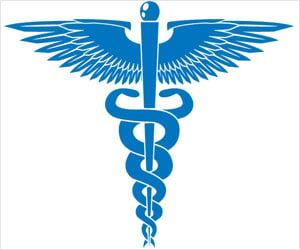
‘The causes of death among youth offenders were homicide, suicide and overdose. The most common age of mortality was between 19 and 21 years of age.’
Tweet it Now
The study classified contact with the justice system into four categories: arrested youth, detained youth, incarcerated youth, and youth transferred to adult court. Investigators compared youth outcomes after five years post-arrest and found that death rates rose in order of least contact to most contact. Accordingly, arrested youth had the lowest rate of mortality (90 deaths/100,000), followed by detained youth (165/100,000), incarcerated youth (216/100,000), and finally youth transferred to adult court (313/100,000). These findings indicate that, at five years post-arrest, a young offender who is transferred to adult court is three times more likely to face early mortality than a youth who is simply arrested.The findings also included compounding factors that contribute to a shorter time to death including older age and being male. The most common age of mortality was between 19 and 21 years. Cause of death was determined for 400 of the 518 deceased youth offenders, and overwhelmingly, the most common cause of death within this group was homicide (48.2%). This was followed by overdose (14.7%); other (13.5%; e.g., motor vehicle accidents, drowning, accidental shooting); suicide (11.7%); and natural causes (11.7%). Researchers also found that the majority of deaths occurred among black males.
"It is well established that black youth, compared with white youth, are over-represented in the justice system and bear a disproportionate burden of death by homicide," explained lead investigator Matthew C. Aalsma, PhD, Associate Professor of Pediatrics at Indiana University School of Medicine. "However, the interaction between justice system involvement and race/ethnicity was not statistically significant. This suggests that the severity of criminal justice involvement, rather than race/ethnicity, is a strong driver of early mortality among youth offenders."
Finding that increased exposure to the later stages of the criminal justice system leads to higher mortality rates across different racial groups suggests that interventions designed to curtail youth involvement with the traditional judicial system may reduce the number of early deaths among young offenders. "Evidence-based violence prevention programs such as mentoring, afterschool programs, and school-based programming can effectively reach large numbers of arrested youth before they experience the increased risk of death associated with secure confinement," said Dr. Aalsma.
The high rates of death among youth offenders, especially by gun-related homicide, warrant more attention and aggressive interventions. This study shows that mortality rates rise as youth move deeper along the continuum of criminal justice system involvement, culminating in transferred youth (youth tried in adult courts) being three times more likely to die than youth who are arrested but not detained, incarcerated, or transferred. "For all youth, regardless of race, involvement in the justice system beyond arrest significantly increases risk of early, violent death," concluded Dr. Aalsma. "Continued intervention is necessary to redress these grim findings."
Advertisement
Source-Eurekalert









